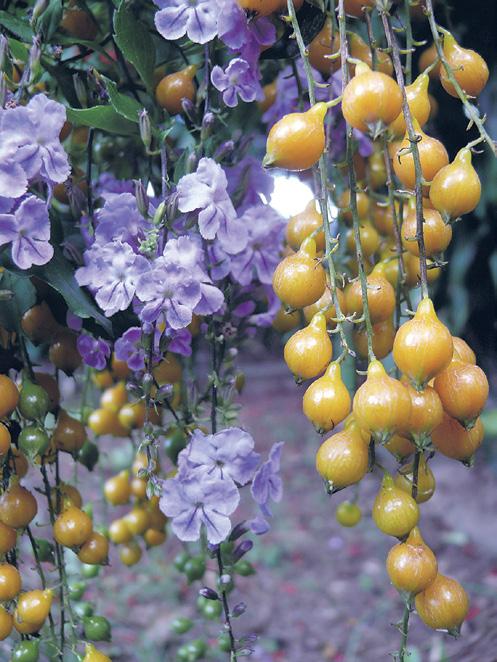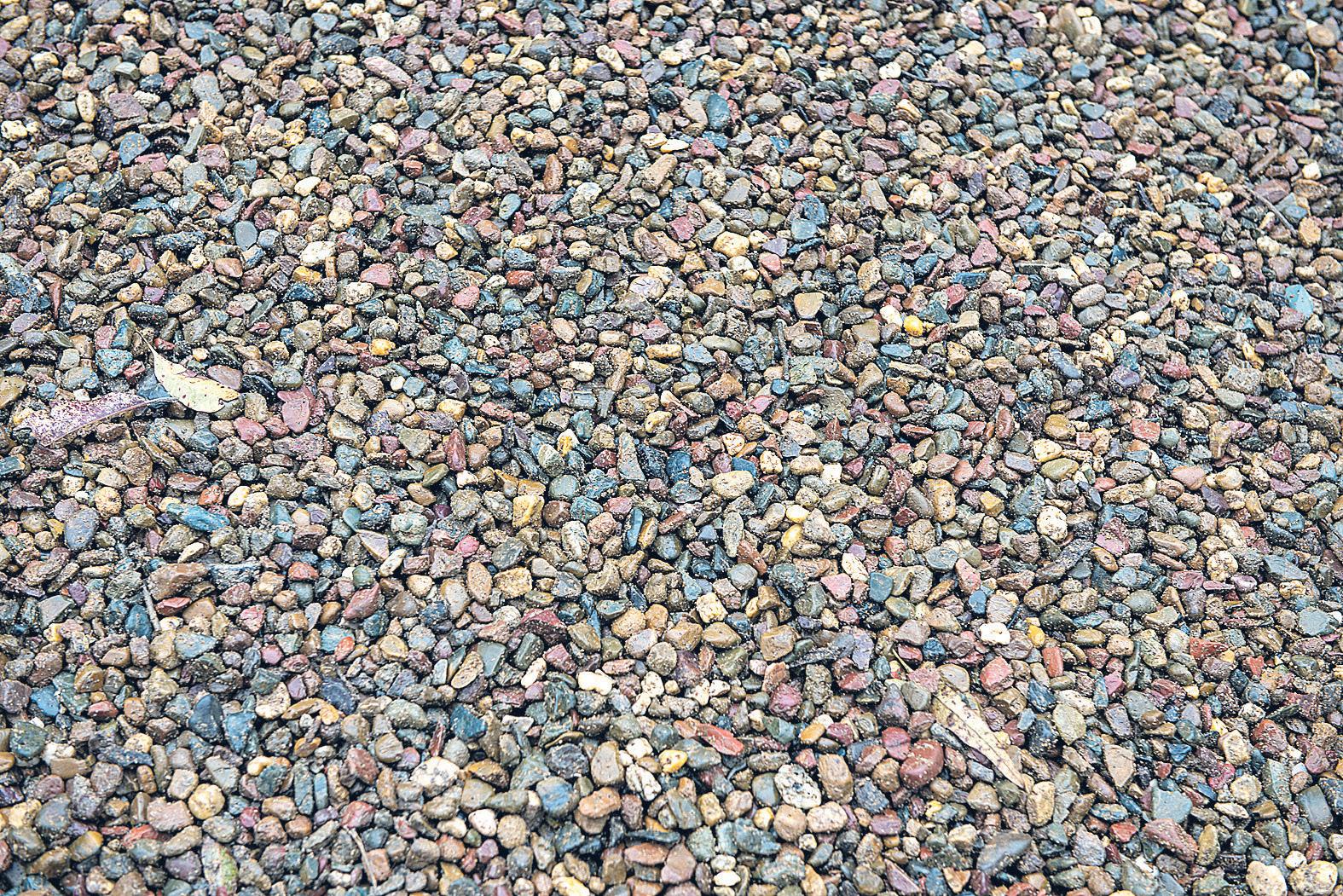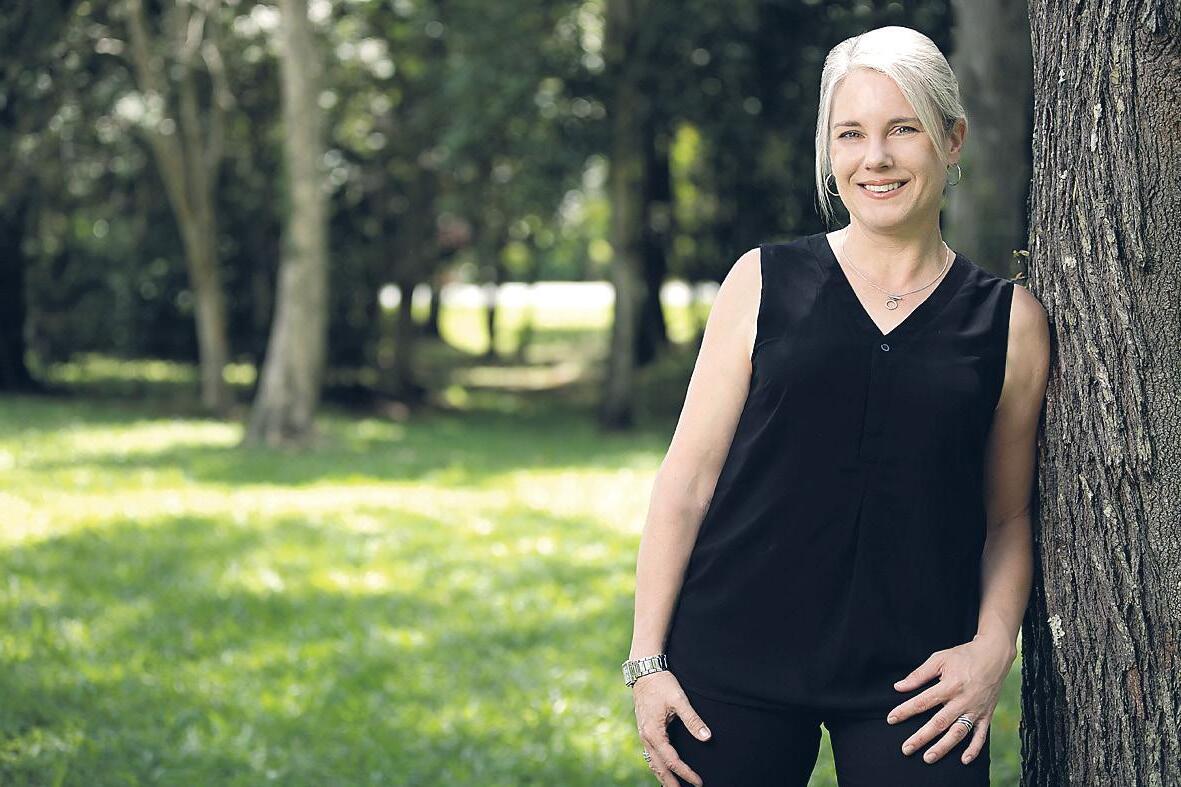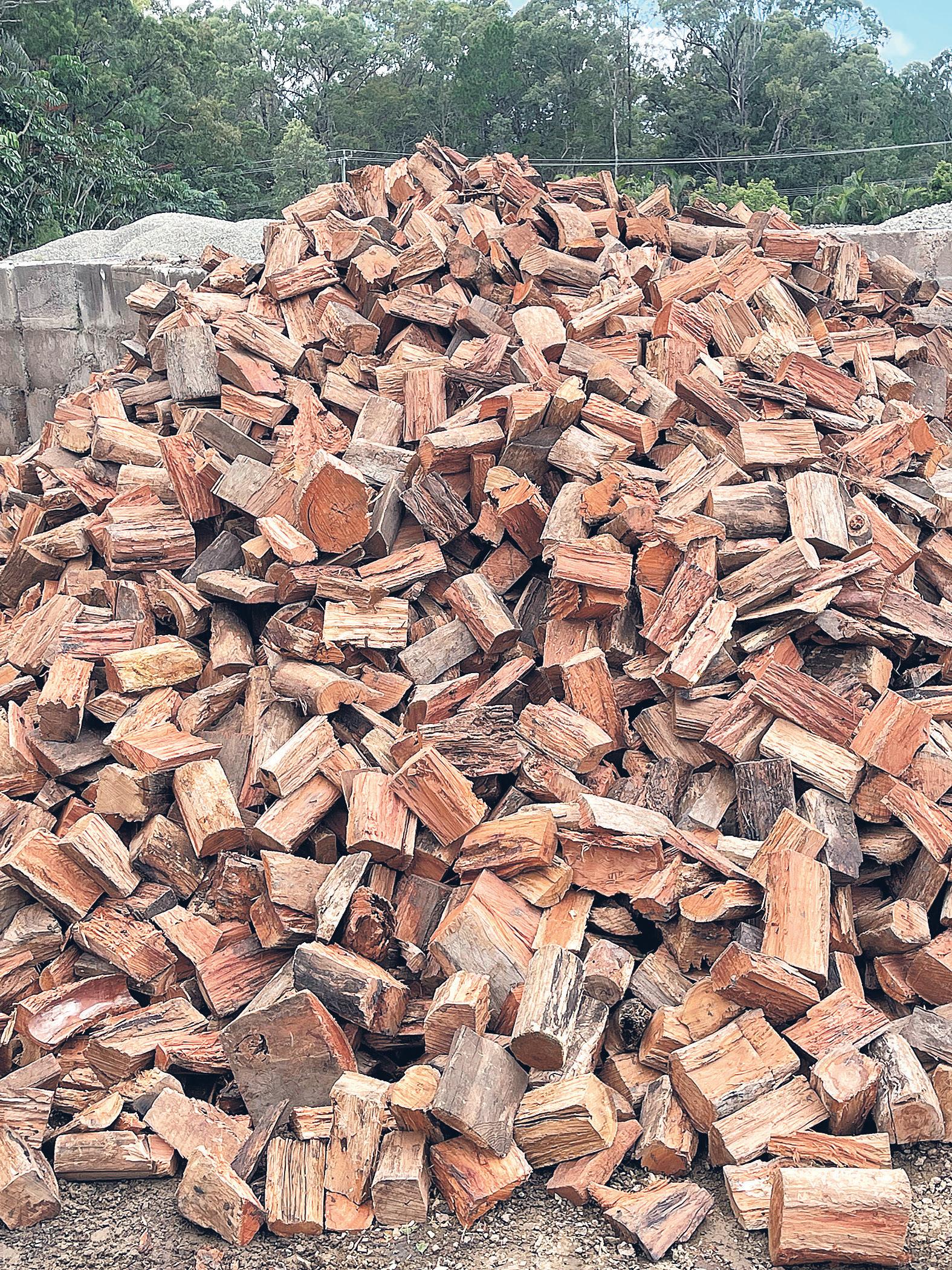
2 minute read
Don’t make a fatal mistake
By Greg Brown
The recent incidents of poisonous plants contaminating bags of supermarket baby spinach leaves was a reminder that some plants may look innocuous, but they could be deadly dangerous.
The same can be said for some backyard landscaping plants.
There’s a lot of common garden plants that we all know to be poisonous to pets and people. Oleander, Foxglove, Angels’ Trumpet, Rhubarb leaves and white cedar berries just to name a few.
But did you know that Agapanthus can cause nausea, vomiting and mouth ulcers?
The berries of Duranta (Golden Dewdrop, Sheena’s Gold or Geisha Girl) which look like little orange lollies, can be fatal if swallowed and have killed pets.
Caladium leaves can burn the mouth and gastro-tract if eaten and the sap is a severe skin irritant.
Dieffenbachia (or Dumb Cane) can make the tongue, mouth and throat swell, making it difficult to breathe or talk –lasting several days.
Gloriosa Lily seeds can (and have) caused a painful death.
Hydrangea leaves and flowers can cause vomiting and dermatitis.
Eating Wisteria can lead to severe abdominal pain followed by collapse.
Contact with Primula plants can cause burning, redness, itching and swelling to the skin, face and eyes.
Brunfelsia (Yesterday Today Tomorrow) has been known to kill dogs that have eaten the leaves.
Cycad fruit is deadly and will kill even large stock animals if eaten.
Daffodil and Tulip bulbs are poisonous if chewed and can be fatal.
Periwinkle (pink or white) may cause headaches, vomiting and nerve damage.

Peruvian lily (or Alstroemeria) can trigger skin allergies and bring on vomiting and diarrhoea.
Yellow Oleander or Cook Tree is deadly and has been the cause of the death of several children.
And the list goes on …
The moral of the story is that if you have small children, pets (particularly puppies) or grazing animals, you really need to do an audit of your garden to see if there is anything which may be a health hazard to them.
There are some good resources you can use. The Queensland Department of Health have a great website (www.childrens. health.qld.gov.au/chq/ our-services/queenslandpoisons-informationcentre/plants-mushrooms).

There is also a good book called ‘Poisonous 2 Pets’ which has over 300 pages of information on plants poisonous to dogs and cats (www.publish. csiro.au/pid/6706.htm).
If you’re still not sure, take a piece into one of our friendly local garden centres and ask them what they think. Or contact a professional weed consultant who can give you peace of mind by looking over your backyard for you.
But be careful when handling any potentially poisonous plant. Make sure you wear gloves and cover any cuts or wounds.
Skilled migration ‘critical to housing demand’
The Housing Industry Association (HIA) has called for a targeted policy on skilled migration to address Australia’s growing population and the demand for housing.
The HIA’s Jocelyn Martin said the importance of skilled migration for the home building industry to meet the housing demand, which is already at “crushing highs” was vital. Australia’s relatively fast rate of population growth offers economic benefits, especially with regards to ensuring an adequate working-age population against the backdrop of an ageing population.


However, skilled migration is crucial to increase skilled trades workers, particularly in cases of acute demand,” Ms Martin said.
“The residential building industry requires migration pathways to enable a longterm structural shortage of workers to be addressed through permanent migration, and pathways that allow the recruitment of skilled workers for short periods to alleviate acute shortages,” she said. HIA has urged the government to develop a visa that enables the residential building industry to alleviate trade shortages through skilled migration. HIA’s submission to the Australian Government’s Federal Budget focuses on the need for a targeted policy on skilled migration.







